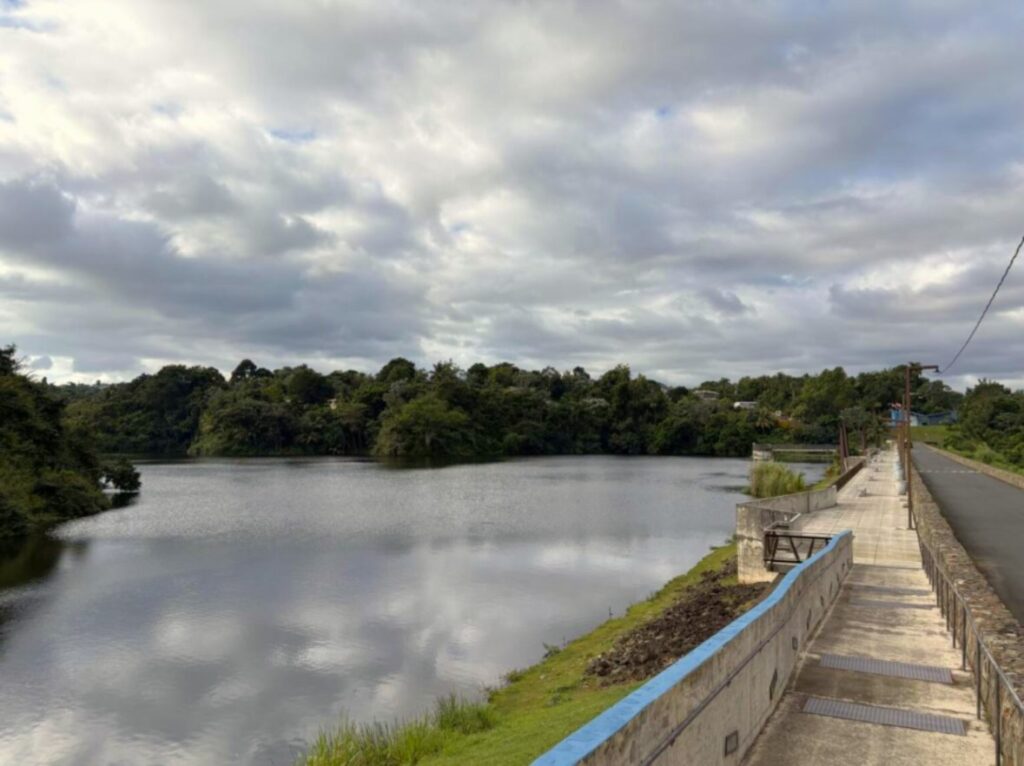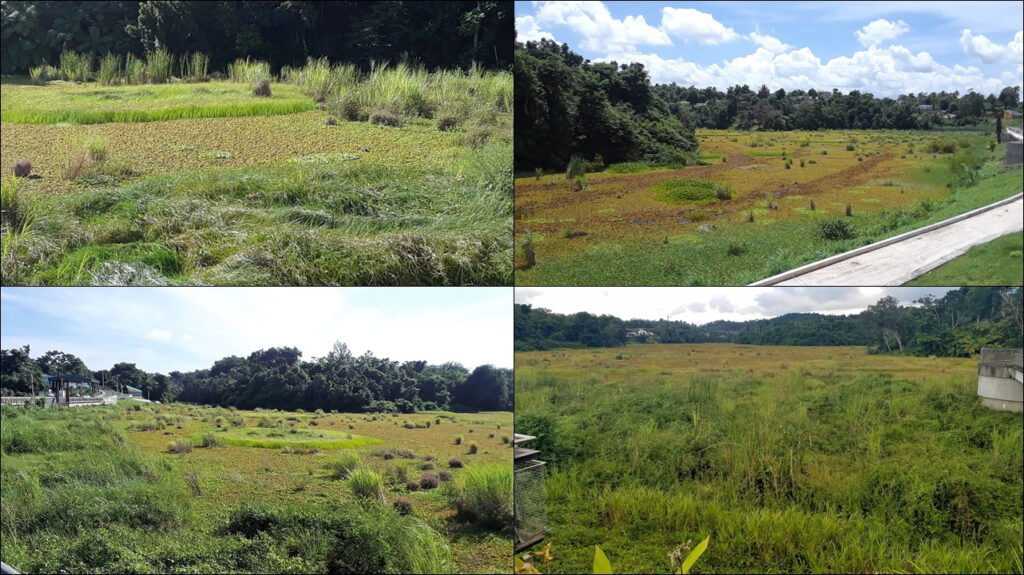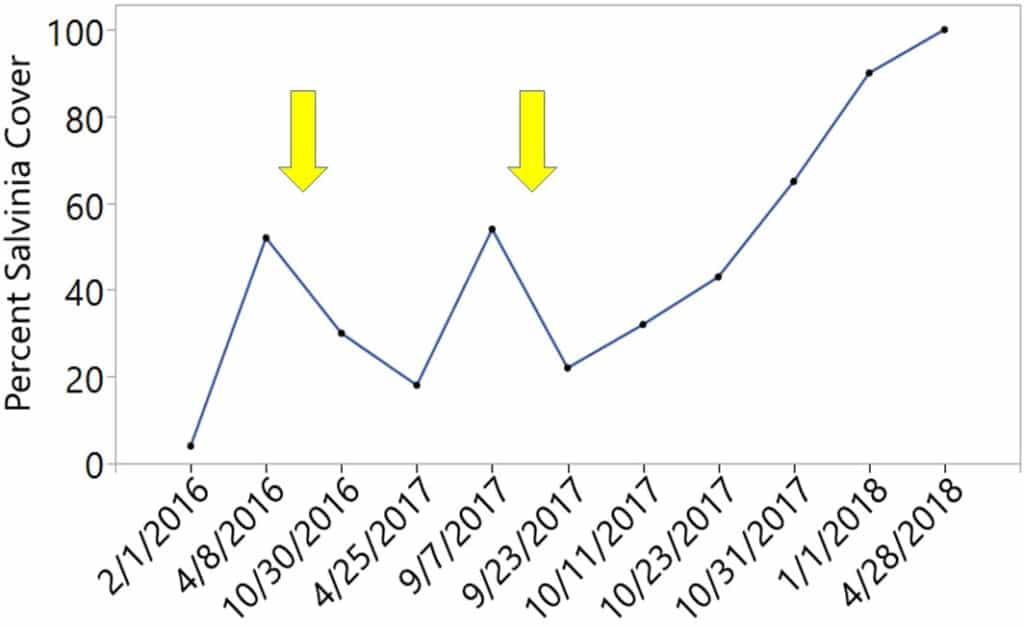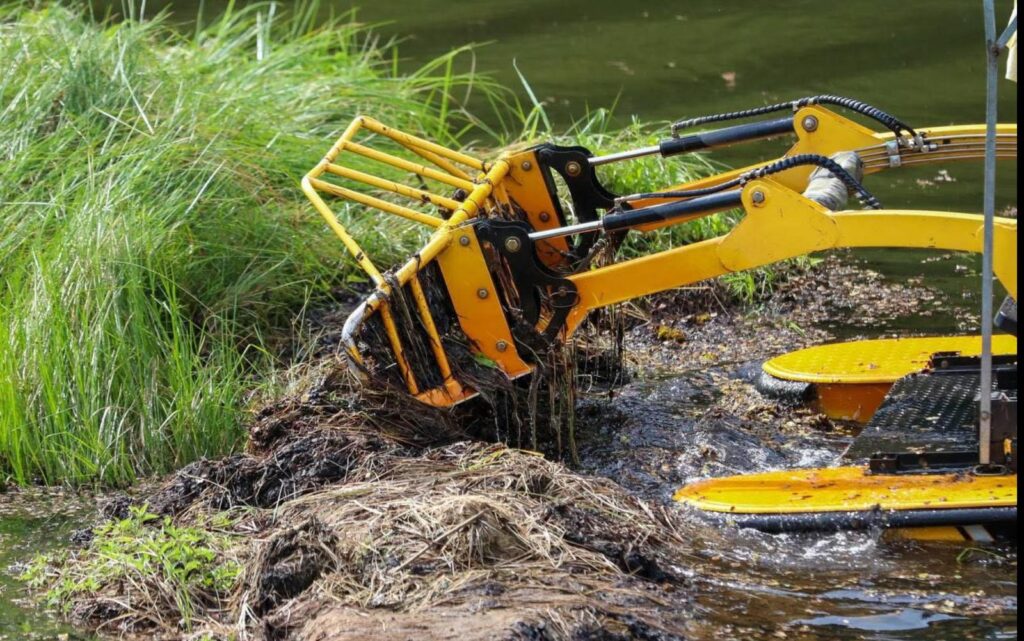
To read this blog in Spanish, click here / Para leer ese blog en español, haga clic aquí
More than 50% of Puerto Rico’s 3.2 million inhabitants depend on septic systems for wastewater management. Septic systems or other onsite solutions, which in many cases are improperly maintained, unsealed, and often discharge raw sewage directly into coastal, surface, and groundwater bodies (Preston et al., 2020). Construction of these systems wasn’t properly regulated and enforced until 2018. On the island, it is estimated that 562,000 tanks emit a volume of 170 million gallons of untreated wastewater daily. The intense rains of the tropics contribute to the overflow of these waters, causing quick movement along rivers and to the lower areas of the drainage network, potentially polluting the waters.
The Effect of Wastewater in the Las Curías Reservoir
In 1946, Las Curías reservoir in San Juan, Puerto Rico, was built to serve as a source of drinking water for the metropolitan area and was used for these purposes until 1982. Today, the reservoir is considered to have a high ecological and recreational value, where sports, aquatics, fishing, and other passive activities are practiced. In 2016, it was reported for the first time that there was a presence of the invasive species, Salvinia molesta, in Las Curías. This aquatic fern develops a dense vegetation cap limiting the penetration of sunlight, decreased dissolved oxygen, and stressed aquatic organisms. After the impact of Hurricane María (2017), the plant spread to the entire surface of the reservoir, covering it completely.


In 2018, the US Environmental Protection Agency (EPA) ordered a study that identified discharges from non-point sources. Because residences located in the subbasin that feeds the reservoir lack a centralized sanitary sewer system, the study identified septic systems as a major contributor to pathogen contamination problems, showing substantial external nutrient loading into groundwater and nearby surface waterways, including Las Curías Reservoir and the San Juan Bay Estuary.

Scientific and Community Actions for Restoration
Later, in September 2019, a group of scientists in collaboration with the Tropical Limnology Laboratory at the University of Puerto Rico in Río Piedras published studies to examine the extent of the invasion and quantify the ecological damage to the aquatic environment.
In parallel to these investigations, an exciting community initiative boosted efforts to manage and eradicate salvinia with the support of the scientific group. The beetle, Cyrtobagous salviniae, an effective agent of biological control, was introduced, along with mechanical removal using a water harvester, operated by members of the community. Research conducted at Las Curías by García-López et al. (2023) and Wahl CF, et al. (2020) detailed the environmental impacts and determined that a long-term objective is to reduce nutrient flows into the reservoir, eliminating non-point sources of pollution throughout the basin. Furthermore, it has been considered for restoration as a future drinking water supply for the metropolitan area by the local government, coupled by the fact that during the past decade the island has seen drought and shortages, leading to rationing due to the reservoir’s dependence on rainfall for water supply.

Community Environmental Science and Water Quality Management

Communication and public engagement strategies play an important role in community management to reduce the impact of septic systems’ pollution on bodies of water. A community science and management pilot project has been developed in collaboration between the Las Curías community, the University of Puerto Rico (UPR) in Río Piedras, and the Caribbean Program of the Syracuse University Environmental Finance Center based in Syracuse, NY (SU-EFC).
This project has created educational instruments adapted to the community’s needs and communication styles. Through participatory meetings with community leaders, educational tools have been created that adapt to local needs and culture. This has also led to collaborative learning opportunities, allowing community members to explore in real time the scientific findings and studies pertinent to their community. Although there is further work to be conducted in measuring the outcomes of our educational tools in fostering environmental protection and public health, it is an important step in creating new models of collaboration between academia, science and civil society that will enhance local preparedness.
By designing tools that adapt to diverse learning styles and collaborating with community leaders to develop and distribute them in creative and innovative ways, we are creating a lasting impact that will benefit local environmental resources and diverse generations of residents in Las Curías for years to come.


